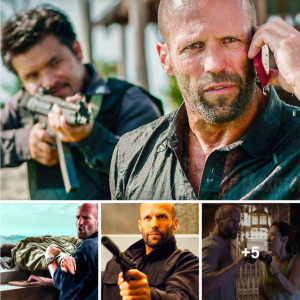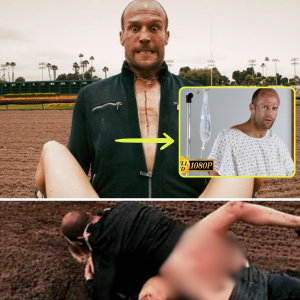Within the first fifteen minutes of Crank: High Voltage, Jason Statham’s Chev Chelios has graphic forcible open heart surgery, violently guns down some dudes, sodomizes a guy with a shotgun for information, and attaches live jumper cable clamps to his chest and tongue to charge the internal battery on the new artificial heart keeping him alive. The beginning of this film seems to suggest a mission statement: to take all the heightened, gross absurdity of the original 2006 surprise cult hit and, well…crank it up.
Fifteen years after the fact, the raucous ridiculousness of High Voltage feels like a vicious last gasp of very specific 2000s aesthetics and dudebro attitude, ushering the world into the 2010s and the Obama administration with a shameless vulgarity that would typically exclusively belong to the Bush era. Indeed, the first Crank hit the scene back in 2006 like a contentious pipe bomb, giving the unrepentant noxiousness of what is normally touted as the pinnacle of beautiful 2000s nastiness, Bad Boys II, a run for its money. At least that movie had something resembling general commercial appeal through a household-name director in Michael Bay and its comparatively normal shooting style and pace. Crank, alternatively, is driven by an overblown form of post-modernism, intentionally made as a direct assault on the senses, as well as anything resembling good taste.
High Voltage, then, is what happens when the guys who made that movie are allowed to make another one, this time with the confidence that came packaged with the validation of their bellicose vision via generally positive critical and audience reception. It’s very much a reprise of the original, set with the same propulsive speed, with recreations of moments from the first film, and with the return of pretty much every principal performer no matter the status of their character by the end of Crank, whether that means Statham being back with an artificial heart, Efren Ramirez returning as the brother of his now-dead character Kaylo who suffers seizure-like episodes from full-body tourettes, or Jose Pablo Cantillo making a last-minute appearance as his villain Ricky Verona, now an unsettling disembodied head being kept artificially alive in a tank just long enough to watch Chelios die by the hand of a surprise third Verona brother.
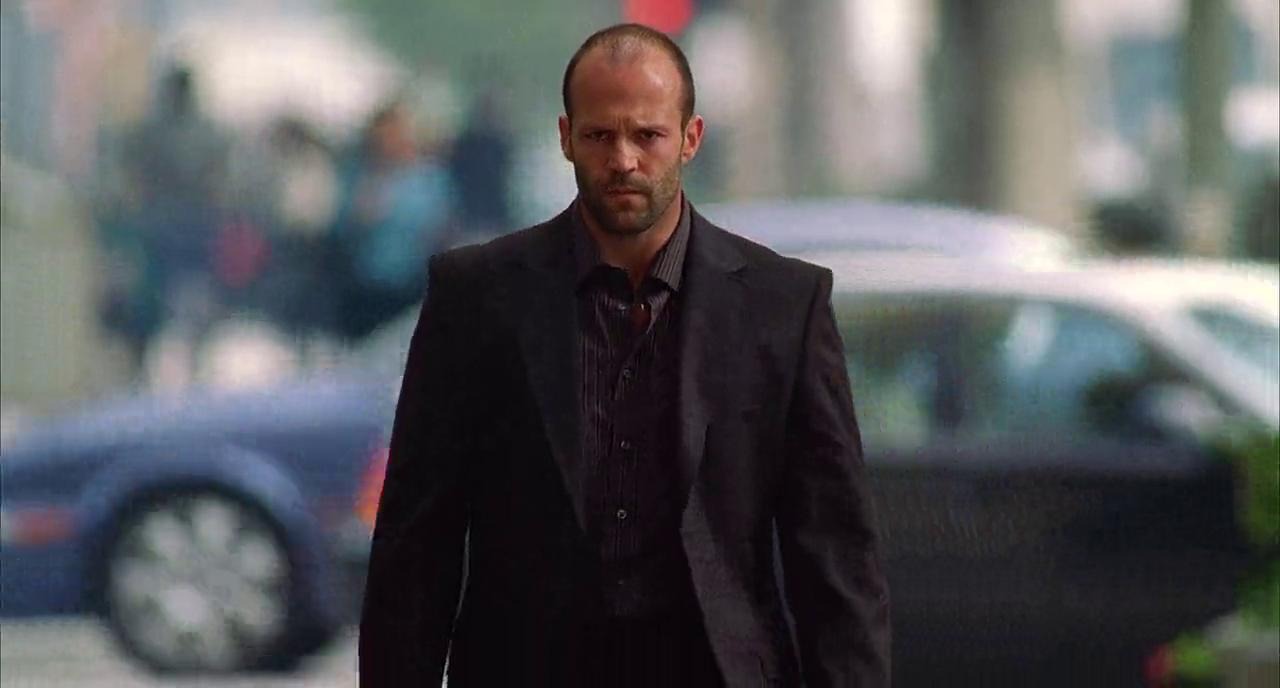
The difference between the two films is that High Voltage thrives off that anything-goes attitude being jacked up to ludicrous heights of juvenilia, with the facets of racism, homophobia, and misogyny that run rampant through these films being accommodated as an expectation. It finds brand-new methods to jack up the foundation of distastefulness, including an increased amount of gross-out shock gags and violence. Look no further than the scene where the stock face-tattooed gang member Chico (Joseph Julian Soria) is forced to cut his nipples off, or maybe the scene where the excessively stereotyped asian prostitute Ria (Bai Ling) pummels a guy’s genitals with a bicycle through his jeans, or perhaps the strip club shootout that results in one sex worker’s breast implants getting shot and grossly oozing out silicone gel and deflating. This is all part and parcel of the film’s degenerate vision of the world and the uncaring attitude it feels towards its audience in the way it aggressively batters them with crudity. Lest we forget, the first film immediately begins with Chelios finding a disc labeled “fuck you,” and this film ends with him burning alive and literally giving the finger to the audience. It’s a Möbius strip of “fuck you.” And there is, indeed, something kind of radical and admirable in the sheer commitment to tastelessness—some kind of art found within artlessness.
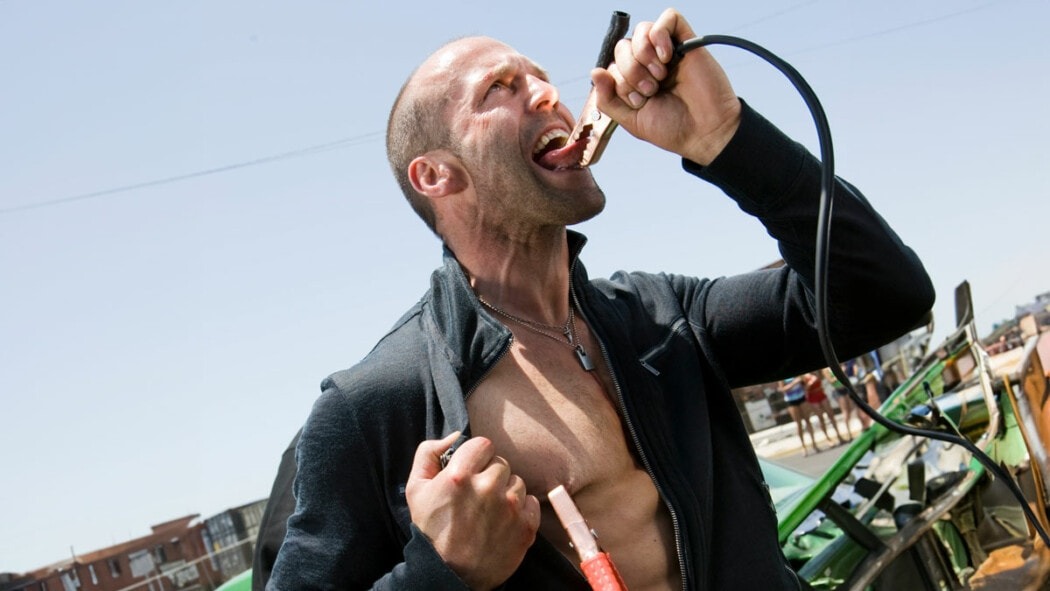
Part of that comes down to the filmmaking itself. Directing duo Brian Taylor and Mark Neveldine have a reliable style of deviant nihilism—they would go on to refine this in Gamer and attempt to smuggle some of it into Ghost Rider: Spirit of Vengeance together—but they also have a real laudable sense of run-and-gun style filmmaking, which also largely relies on practical stunts. For the Crank films, their ethos seemed to be that a good movie will reveal itself if they fill the runtime with enough sustained energy, truly commit to their reprobate ideas, and rely on filmmaking principles while annihilating preconceived notions of what those principles could produce… and they were kind of right.
A big factor in their controlled chaos is the fact that they shot the Crank movies on digital video camcorders as opposed to 35mm film stock which was still typical for films of this era, giving each of them a type of low-grade DIY texture as well as a bombastic sense of almost surrealistic anarchy. This also meant Taylor and Neveldine, along with High Voltage cinematographer Brandon Trost, were given an extra degree of mobility when shooting films that feel like non-stop, high-octane sequences of pure movement. They were free to get as creative as they saw fit, which included strapping the cameras to remote-control cars, filming car chases on rollerblades, and building a specialty rig developed to emulate the Matrix Bullet-Time look. According to Trost, the production team never developed a shot list, preferring the on-the-fly approach of coming up with unique concepts in real-time, likening making the film to shooting a skate video. This haywire approach combined with the particular sheen of digital video results in some of the most bonkers, off-the-wall cinematography to come out of the aughts—it looks kind of like if a Michael Mann movie from this period was made by a couple of deranged, obnoxious lunatics.
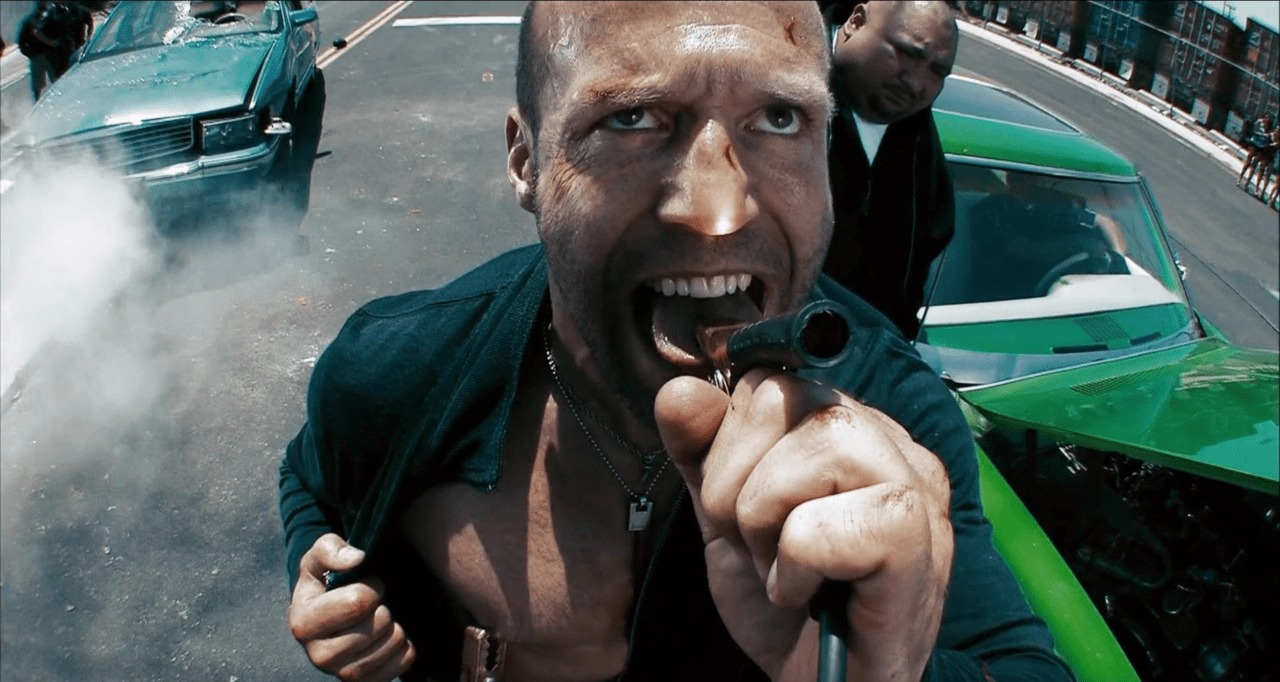
And then there’s Statham, whose on-screen persona leading into the 2010s was developed by a collection of action and crime features beginning in the late ‘90s—including the two Guy Ritchie films Lock, Stock, and Two Smoking Barrels and Snatch—but, looking back now, the two franchises that most evidently secured Statham’s gritty, hardened British bruiser persona and leading man status were The Transporter and Crank. High Voltage in particular sees him going full bore into the fearlessness that a film like this asks of its performers. Statham is more than happy to oblige in the commitment to the constant sense of engaged physicality demanded of Chev Chelios and is undaunted by the frequent beats of inanity, like when Chev attempts to grind down a staircase rail on his feet and smashes his genitals in the process (yes, there’s a lot of genitalia mutilation in this film).
Not to be forgotten is Amy Smart, whose performance as Chev’s devoted girlfriend Eve is driven by her own level of unflinching devotion to the craft. It feels shallow to dilute her work down to the horse track public sex sequence between her and Statham, but it’s hard to think of a scene that better represents the audacious spirit that each of them affords this film, ensuring that the manic psychosis Neveldine and Taylor inject the movie with is also represented by its stars. And don’t worry, of course that scene includes the sight of a horse dick flying over Statham and Smart having sex in front of a cheering crowd!
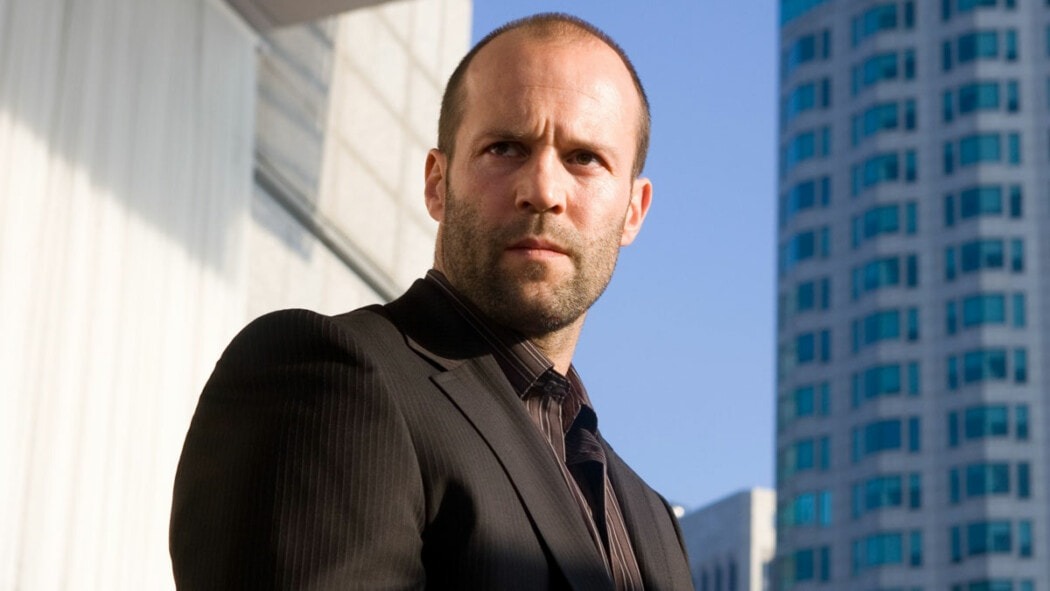
But as much of Neveldine and Taylor’s collective approach indulges in intentional juvenile provocation, as they practically goad the audience into rejecting their perceived world of non-stop grime, blood, and sleaze, they had also located some sort of startlingly profound truth about America eight years on from 9/11. As a nation still in the midst of reckoning with the direct effects of the destructive response of the Bush administration and the ugly facets of xenophobia and hatred that unfurled within the American populace, Crank as a franchise acted as a merciless mirror held up in front of its audience, asking them to contend with a society threatened to be overrun by contempt as exhibited by the film’s relentless indecency.
It makes the question of how High Voltage has aged an interesting point of discussion. During the prime era of deluded 2010s idealism that it was ultimately born into, the film may have felt like a relic of a different time in America, one that we’ve grown past politically and socially. Now, in a post-Trump world in which the monstrousness baked into our society is more severely felt than ever, instigated by culture war nonsense that has seen regressive steps such as the rollbacks of rights for women and the continued violence toward minority groups, High Voltage has never felt more authentic in its representation of American culture. Fifteen years on, time has proved that we never really moved past the vulgarity of Crank. It’s not a movie that was prescient in its worldview—it’s one that understood that the heart of America has always been incurably poisoned. Neveldine and Taylor seem to embrace that sentiment in all of its garish, crass glory.
